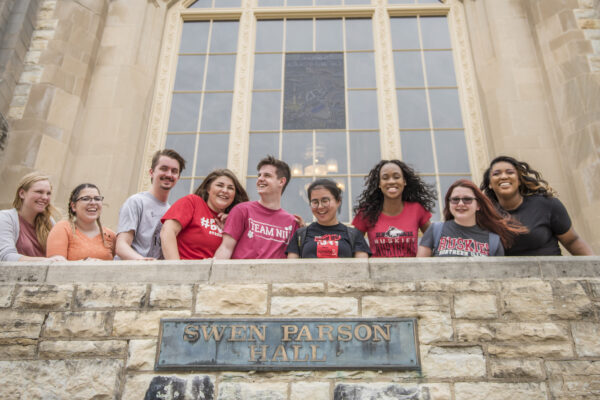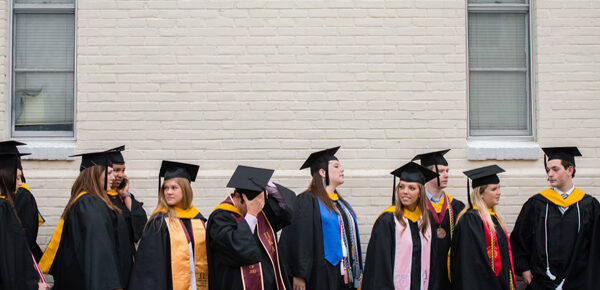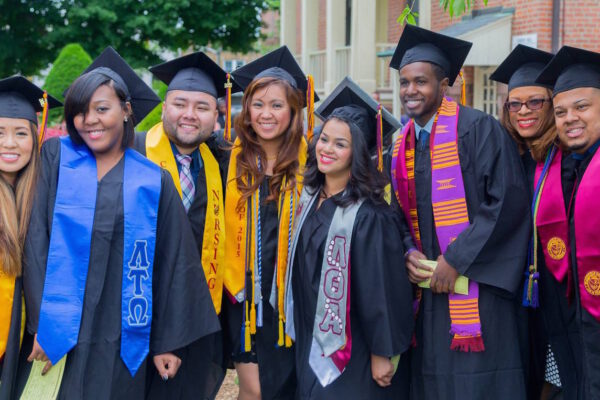EAB Publishes Fast Facts About First-Generation Students
Title: 7 Fast Facts About Your First-Generation Students
Source: EAB
EAB has compiled a list of facts about first-generation students in the United States that draws from recently published research. As the data show:
- Nearly half of all first-generation students attend community colleges, compared to 25 percent of students whose parents attended college.
- Thirty-three percent of first-generation students drop out of school within three years, much greater than the percent of students whose parents have a college education who do so (14 percent).
- First-generation students are more likely to be motivated by a desire to give back to a community (61 percent) than continuing-generation students (43 percent).
- First-generation students are 4 percent less likely to work in the for-profit sector than continuing-generation students, and have starting salaries that are 12 percent below the starting salary of continuing-generation students.
- First-generation students are less likely to have a professor as a mentor. In the 2018 Strada-Gallup Alumni Survey, 66 percent of continuing-generation students and only 61 percent of first-generation students identify a professor as a mentor.
- First-generation students face obstacles beyond the cost of attendance, including difficulty in navigating and understanding the processes associated with enrolling in postsecondary education.
- Not all first-generation students know they are first-generation. This lack of awareness may contribute to underutilization of available resources by first-generation students.
To read the full sheet, please visit the EAB website.
—Georgiana Mihut
If you have any questions or comments about this blog post, please contact us.


